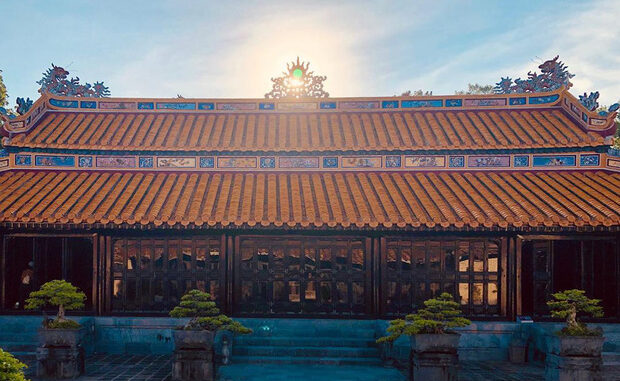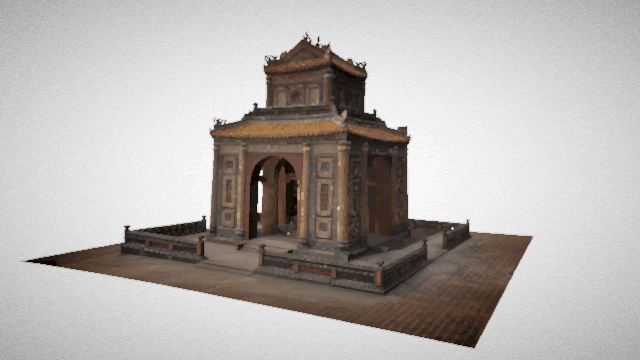
Tomb of Tu Duc is one of 37 heritage buildings around the world recently launched by Google with augmented reality technology (AR).
Tomb of Tu Duc (also known as Tomb of Tu Duc) is an architectural complex from the 19th century, preserved intact to this day. With the values of history, architecture, art, culture …, the Tomb of Tu Duc has been recognized by UNESCO as a World Cultural Heritage since 1993.
Today, Tomb of Tu Duc is not only a place to keep history and culture but also a destination to attract domestic and foreign tourists in dreamland Hue.

Photo @tonymontanz_
With great value in architecture, history, art of the Eastern and international stature, the Tomb of Tu Duc has become one of 37 cultural heritage works adapted by Google by augmented reality technology ( AR) in the near future.
To celebrate September 27 – World Tourism Day founded by the United Nations, Google Arts & Culture will launch a collection of thousands of museums and cultural destinations around the world. With the help of partner CyArk, 37 cultural heritages around the world will appear on Google Search using augmented reality (AR) technology, including the Tomb of Tu Duc in Hue.

Tomb of Tu Duc simulated by virtual reality technology AR.Source: Google
According to Google, the story of bringing Tomb of Tu Duc to the Open Heritage library began in the summer of 2018 when CyArk collaborated with the Hue Monuments Conservation Center to digitize Hoa Khiem electricity, Lang epitaph. Tu Duc and Queen Le Thien Anh’s Mausoleum, present 3D models and architectural drawings to aid conservation and archival work. In addition to the images of relics captured, taken from inside and outside and above by flycam, the team of experts also used laser scanners to more accurately reproduce the sculptural details and the panorama of the campus. and outside of the Tombs and electricity with 360 degree videos and photos.

Photo @justrrom
Tomb of Tu Duc and other works built with AR virtual reality technology are Google’s efforts to promote worldwide exchanges in the form of virtual travel, reminding how travel has helped people. continue to believe and optimism. This year with what happened has affected the ability of people to travel around the globe, but the desire to experience new cultures, see remote areas or discover hidden gems next to us has not diminished.
For the Vietnamese, the appearance of the Tomb of King Tu Duc in this Google project is something to be proud of. Not only an opportunity to see our country’s cultural heritage in a more authentic and vivid way, but also an opportunity for the world to know the architectural beauty and artistic value of Tomb of Tu Duc in particular and the East. Generally speaking.
Pháp luật và Bạn đọc
